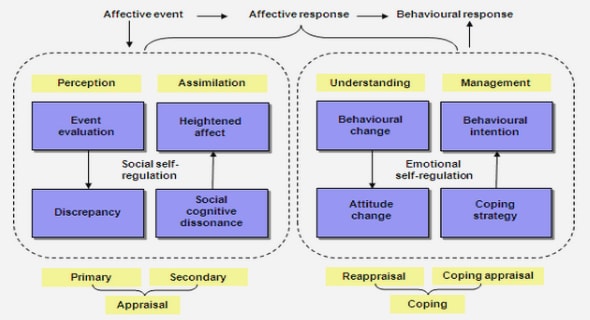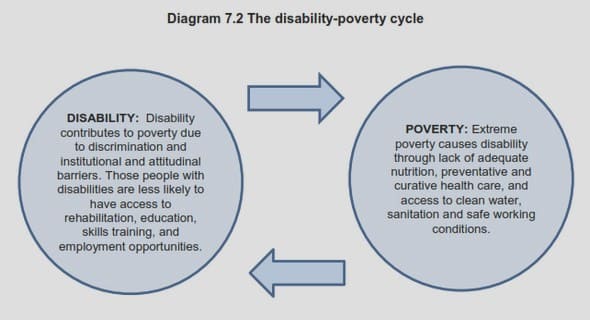Get Complete Project Material File(s) Now! »
Introduction
Trickle flow is encountered in packed beds of stationary particles that are subjected to cocurrent gas and liquid flow at relatively low fluid superficial velocities. Typical applications where trickle flow may be encountered are trickle bed reactors, catalytic distillation columns, trickling filters and absorption columns. The study of trickle flow hydrodynamics has been the subject of a multitude of research works over the last five decades. Sadly, a rigorous and fundamentally exhaustive mathematical description of trickle flow dynamics has not yet been achieved. Owing to the difficulties involved in modelling the complexities of three inter-acting phases, it seems that such a fundamental description is unlikely to be developed in the foreseeable future. However, as will be seen from the subsequent chapter, significant progress towards this goal has been made, especially with regards to obtaining phenomenological (semi-empirical) models that capture hydrodynamic trends with reasonable degrees of accuracy. Nevertheless, these models nearly always disagree quantitatively and the level of accuracy is often insufficient to inspire confidence in using their predictions for design purposes. It is for this reason that most authors recommend incorporating as much of the underlying physics as possible into any hydrodynamic investigation.
Literature
This chapter reviews the results of previous hydrodynamic multiplicity studies (Literature Review block in Figure 1). On the basis of the results of these studies a conceptual framework is introduced (Conceptual Framework block) and the literature is reinterpreted in terms thereof (Literature Re-interpretation block). The chapter concludes with listing those characteristic multiplicity trends that can be extracted from literature (part of the Characteristic Trends Identification block in Figure 1). Note that this follows the investigative strategy set out in Figure 1.
Trickle Flow Hydrodynamics in General
Trickle flow hydrodynamics are studied by measuring hydrodynamic parameters that are linked in some way to the performance of the trickle flow column. Definitions of the most commonly encountered hydrodynamic parameters are given in Table 1. Note that non-isothermal effects are not included in this work, except briefly in connection with the reaction case study reported in Chapter 8.
Experimental Investigations into Multiplicity
Hydrodynamic multiplicity was first noticed by Kan & Greenfield (1978) and has since enjoyed ample attention from various researchers. This section presents the data of all previous experimental studies that incorporate hydrodynamic multiplicity in the broadest sense of the word. This excludes the well-known but unrelated phenomenon of temperature induced hysteresis that is due to the thermal capacity of the solid in a non isothermal reaction (Watson & Harold, 1993). Recall that the term hydrodynamic multiplicity is taken to include both hysteresis loops and the effects of pre-wetting. It is first important to explore the relationships between hysteresis loops, pre-wetting procedures and periodic operation.
Chapter 1 Introduction
Chapter 2 Literature
2.1 Trickle Flow Hydrodynamics in General
2.1.1 Flow Regimes
2.1.2 Hydrodynamic Trends (not associated with multiplicity)
2.2 Experimental Investigations into Multiplicity
2.2.1 Hysteresis and Pre-wetting
2.2.2 Framework of Limiting Cases
2.2.3 Holdup and Pressure Drop
2.2.4 Mass Transfer Coefficients
2.2.5 Wetting Efficiency.
2.2.6 Liquid Distribution.
2.2.7 Summary of Experimental Studies
2.3 Hydrodynamic Modelling
2.3.1 Hydrodynamic Modelling in General
2.3.2 Hydrodynamic Multiplicity Modelling.
2.3.3 Outstanding Issues
2.4 Conclusions
Chapter 3 Objectives
3.1 Objectives
3.2 Thesis Structure
Chapter 4 Bed-Scale Phenomena
4.1 Experimental
4.2 Multiplicity in Beds of Non-Porous Particles.
4.3 Multiplicity in Beds of Porous Particles
4.4 The Effect of High Pressure Operation on Hydrodynamic Multiplicity
Chapter 5 Preliminary Visualizations.
5.1 Background.
5.2 Introduction
5.3 Experimental
5.4 Results
5.4.1 Two Dimensional Radiographs
5.4.2 Three Dimensional Tomography Results
5.5 Conclusions
Chapter 6 Advanced Visualizations
6.1 Novel Image Processing Strategy
6.1.1 Introduction
6.1.2 Image Processing Steps
6.1.5 Image Processing Strategy Conclusions
6.2 Tomography Results
6.3 Bed Structure and Flow Pattern Characterization
Chapter 7 Interpretations
7.1 Introduction: Trends Revisited
7.2 Proposed Mechanism.
7.3 Capillary Gate Model For Explaining Multiplicity Trends
7.3.1 Model Development
7.3.2 Model Performance and Characteristics
7.3.3 Detractions, Limitations, Validations and Extensions
7.4 Conclusion
Chapter 8 Impact of Multiplicity on Reactor Performance
8.1 Multiplicity in an Industrial Reactor
8.2 Expectations of Impact on Reactor Performance
8.3 Experimental Case Study: Alpha-Methyl Styrene Hydrogenation
8.3.1 Introduction
8.3.2 Results and Discussion
8.3.3 Reaction Case Study Conclusions
8.4 Conclusions
Chapter 9 Conclusions
References
GET THE COMPLETE PROJECT
Trickle Flow Hydrodynamic Multiplicity

